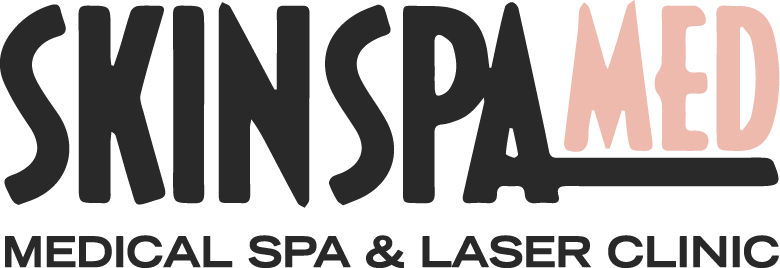Wrinkle Filler Types, Uses, Benefits and More
/Injectable wrinkle fillers can give you a more youthful look for a fraction of what a traditional facelift costs. Most will fill hollows, lines, and wrinkles in less than 30 minutes with results that can last from 4 months to more than a year.
Injectable wrinkle fillers, unlike Botox injections that relax the muscle under a wrinkle, fill the line, crease, or area with one of several different substances. As a result, trouble spots nearly disappear.
Wrinkle fillers can also be used as "volumizers," plumping and lifting cheeks, chins, jawlines, and temples; filling out thin lips, and plumping sagging hands.
The treatment is fast and easy.
Not every wrinkle-filler is right for every type of wrinkle. The least risks and best results come from using the right one correctly. That's why you should only have fillers injected by professional with ongoing, special training.
Here is a breakdown of available wrinkle fillers. It includes their basic ingredients, how they work, their pros and cons, and the best areas for treatment. We can help you choose the right one for you.
Hyaluronic Acid Wrinkle Fillers
The most popular category of wrinkle fillers is hyaluronic acid. Each type works in a slightly different way with varying results.
Side effects are rare but can include redness, swelling, and bruising at the injection site.
How long the results last can vary from several months to over a year or two. Some research shows repeated injections may help stimulate the body's own natural production of collagen. That will help reduce the number of lines and wrinkles. There is also some evidence that less filler is needed over time to achieve the same look.
Hyaluronic acid wrinkle fillers include:
Belotero Balance
HylaForm
Juvederm Voluma XC
Juvederm XC
Juvederm Ultra XC
Juvederm Volbella XC
Prevelle Silk
Restylane
Restylane-L
Restylane-Lift
Restylane Silk
Restylane Refyne
Restylane Defyne
Synthetic Wrinkle Fillers
This smaller category of wrinkle fillers includes lab-made substances that are not related to anything found naturally in the skin.
All the fillers in this group have similar side effects, such as redness, swelling, or bruising at the site of the injection.
The benefits include a longer-lasting effect. And at least one filler offers semi-permanent filling of lines and creases. Remember, products with longer-lasting effects are more likely to cause side effects. And when not used correctly, synthetic wrinkle fillers may cause disfigurement.
Synthetic wrinkle fillers include:
Bellafill
Radiesse
Sculptra
Silicone
Autologous Wrinkle Fillers
Platelet-rich plasma injections (“vampire lift”) are another type of autologous wrinkle filler/volumizer. Blood is drawn from the arm, treated, then injected into the face. The effects can last 12 to 18 months.
Minimizing Risks and Increasing Good Outcomes for All Wrinkle Fillers
Wrinkle fillers are among the safest cosmetic procedures in use today. But there are things you can do to help ensure your treatment is safe:
Don't let price be your guide. If you are offered a wrinkle filler treatment that costs far less than the standard treatment, it's likely some compromises are being made, either in the skill of the provider or the quality of the product. Never risk making a bargain with your face.
All wrinkle fillers should be done in a medical setting with sterile instruments. Treatments done in homes, hotels, spas, or resorts are not being done in medical environments, regardless of who is doing them.
Do not get injectable wrinkle fillers from sources outside a doctor's office. Know what you are being injected with, and ask your doctor if an FDA-approved wrinkle filler is being used and if it was purchased directly from the maker. There have been reports of everything from industrial-grade silicone to baby oil being used. If a provider won't give you this information, don't let them do the procedure.
Use sunscreen daily to help preserve the filler and help protect against post-inflammatory pigment changes due to the needle sticks from injections.




